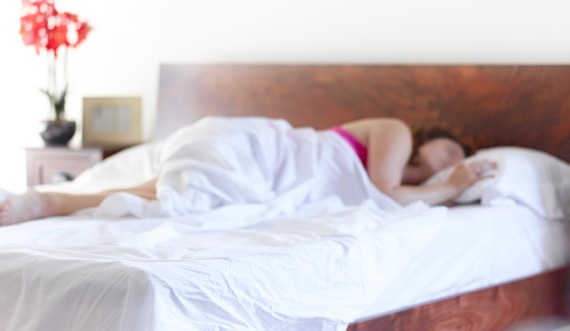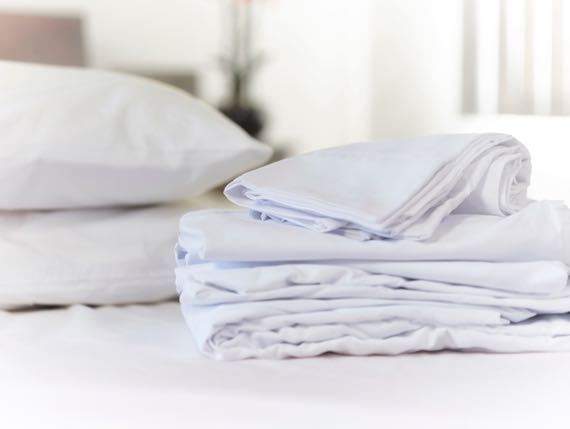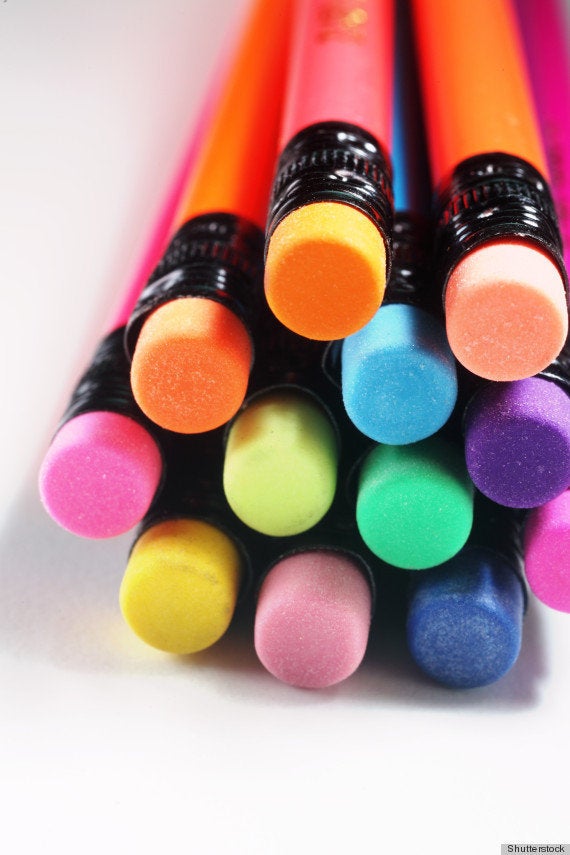When looking for the perfect set of bed sheets we've all been sold the thread-count myth: The higher the thread-count, the better the sheets. Six-hundred, 800, 1000-thread counts must be better right?
Well, sorry folks, but this is just a big, fat lie. You know that fancy, expensive set of sheets you recently bought because the label said 800 thread count? And you assumed, because it said that on the label, it must be true? Unfortunately, it probably isn't.
The reality is that an 800-thread count set of sheets is ACTUALLY a 200-thread count. For years, bedding companies have used shady marketing tactics to sell you fake thread count numbers -- and they continue to do so because it's so profitable. Customers are tricked into believing that they are buying a superior product when the truth is quite the opposite. Don't believe the marketing hype. Here's how it actually works.
An honest 250-thread count sheet set is comprised of 125 vertical threads and 125 horizontal threads woven together. A 750-thread count sheet ALSO has 125 vertical threads and 125 horizontal threads! But in this situation, the manufacturers twist three threads together (similar to how you might braid hair) and then TRIPLE-count the thread!
Furthermore, this triple-ply thread is made with cheaper, weak cotton that requires the extra plys for strength. The lower quality cotton is also much less durable, so sheet makers mask this fact by twisting more fibers together into a fat, ungainly thread!
How does this affect you? The combination of cheaper, weaker cotton with multiple plys creates thick, dense sheets that suffocate the airflow around you while you sleep. This steady movement of air is what allows good sheets and bedding to keep you at the perfect temperature for a comfortable sleep. When that airflow is constricted, it adversely affects your body temperature, and causes you to overheat. Instead of restful sleep, you shift and move all night, trying to get comfortable. Additionally, the cheaper cotton will pill heavily on the sleeping surface. This creates a scratchy, abrasive sheet that irritates the skin. Who wants that?
By now you're asking what the heck thread count should we get? First off, look for single-ply yarns made of extra-long staple cotton such as Supima®, which is grown in America. If you can't find extra-long staple cotton, then at least get sheets made of long-staple cotton (which is what the majority of Pima and Egyptian cotton is.) Finally, most quality bedding will be between 180 and 300-thread count. Two-hundred to 250-thread count is generally considered the sweet-spot of optimum durability, softness, and comfort.
Also on HuffPost:


